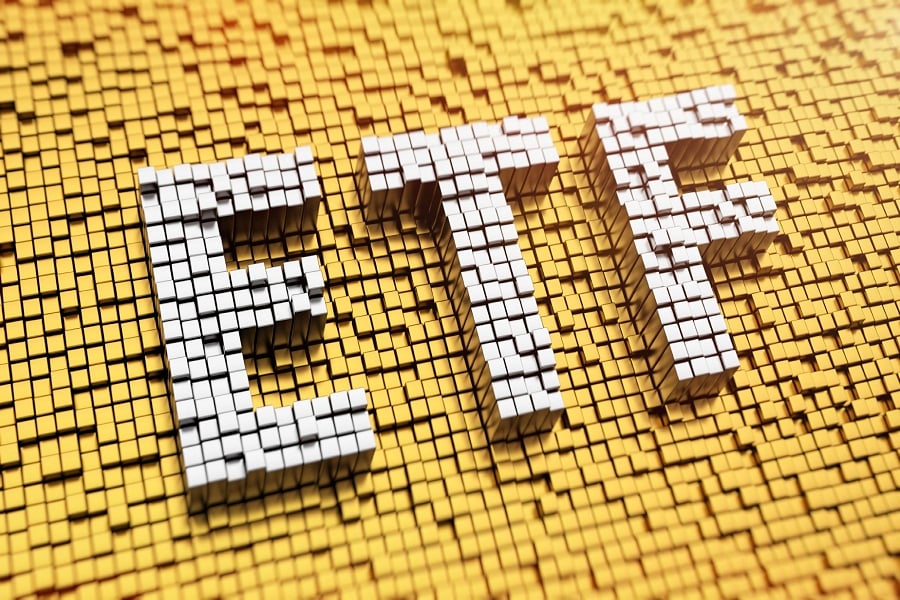

Dimensional Fund Advisors is taking a better-late-than-never dive into the exchange-traded fund market with a strategy that will quickly catapult the asset manager into the second tier ranks of the booming ETF universe.
In addition to the planned launches of two actively managed ETFs this week, and a third next month, the Austin, Texas-based asset manager has filed to convert six actively managed mutual funds into ETFs next year.
The six funds being converted into ETFs combine for $20 billion in assets, putting DFA’s ETF business on par with the likes of Goldman Sachs, DWS Group and ARK Invest.
“This is a late move and largely a defensive move, but they couldn’t afford to sit on the sidelines anyone longer,” said Ben Johnson, Morningstar’s director of global ETF research.
DFA, which manages $527 billion, has built a loyal following from a core clientele of registered investment advisers that need to meet certain qualifications to buy DFA funds for their clients. But the RIA market, as the largest buyers of ETFs, has been taking a toll on DFA’s business model, according to Johnson.
“After years of steady inflows, DFA has been suffering,” he said.
According to Morningstar, the asset manager experienced net outflows in 11 of the past 12 months through October, amounting to nearly $35 billion in net outflows.
Todd Rosenbluth, director of mutual fund and ETF research at CFRA, gave DFA credit for entering the ETF market in a big way, even if two-decades behind the pack.
“I think this is a strong acceptance that the pendulum has swung toward ETFs and DFA needs to be a full participant in that market,” he said. “I think it’s an overdue move to accept that ETFs are the way many advisers are running their practices.”
For its part, DFA isn’t projecting the same kind of late-to-the-party stance that most analysts are seeing. “The ETF party was in full swing, but it’s not a guest list we wanted to be on,” said Bryce Skaff, DFA’s co-head of the global client group.
With 99% of equity ETFs operating as passively managed index funds, Skaff pegged DFA’s move into the market to the 2019 ETF rule that makes custom creation and redemption baskets available to all ETFs. “The ETF rule is a really good fit for us because it opened up our ability to do this,” he said. “We will be able to do what we’ve been doing in mutual funds for decades.”
While there are filings by Guinness Atkinson Funds to convert three mutual funds on a much smaller scale into ETFs, such a conversion has never been pulled off.
Skaff doesn’t know exactly when the ETF conversions will happen, but he said “indications are” that the mutual fund track records will carry over to the ETFs and that the conversions will be non-taxable events.
Even without triggering tax consequences, there will be some small obstacles for financial advisers whose clients are allocated into the converting funds. For instance, owning the ETFs require a brokerage account.
But that’s considered a small challenge for getting the same strategy now held behind DFA walls inside a mutual fund in an ETF wrapper for around 12 basis points.

Relationships are key to our business but advisors are often slow to engage in specific activities designed to foster them.

Whichever path you go down, act now while you're still in control.

Pro-bitcoin professionals, however, say the cryptocurrency has ushered in change.

“LPL has evolved significantly over the last decade and still wants to scale up,” says one industry executive.

Survey findings from the Nationwide Retirement Institute offers pearls of planning wisdom from 60- to 65-year-olds, as well as insights into concerns.
Streamline your outreach with Aidentified's AI-driven solutions
This season’s market volatility: Positioning for rate relief, income growth and the AI rebound
